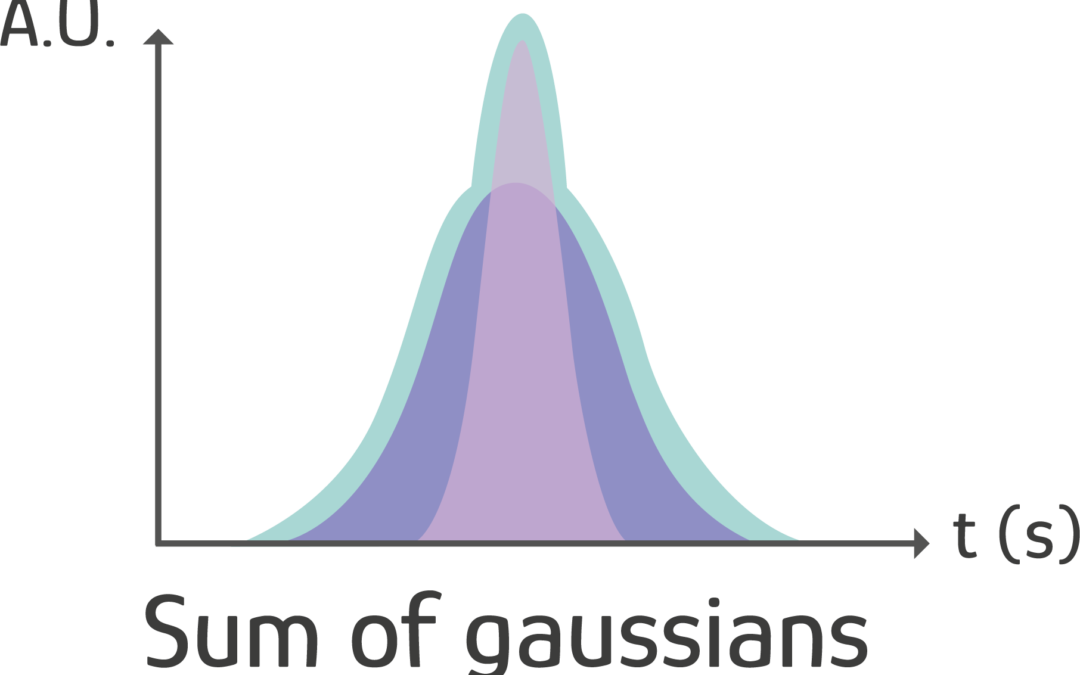In the world of materials science and particle analysis, understanding the size distribution of particles is crucial for various applications. Determining the size distribution helps in quality control, process optimization, and product performance enhancement. Taylor Dispersion, a powerful analytical technique, plays a vital role in accurately measuring particle size distributions. In this blog post, we will delve into the principles of Taylor Dispersion and explore how it revolutionizes particle size analysis.
What is Taylor Dispersion Analysis?
Taylor Dispersion, also known as Taylor-Aris dispersion or Taylor-Aris diffusion, is a phenomenon that occurs when a solute or dispersed particles travel through a fluid in a capillary tube. As the particles move through the fluid, they experience different velocities due to their size differences, leading to longitudinal dispersion.
This dispersion effect is particularly significant when particles are small and interact with the fluid molecules. By analyzing the dispersion patterns, researchers can gain valuable insights into the size distribution of particles present in the fluid.
Measuring Particle size Distribution with Taylor dispersion
The process of using Taylor Dispersion for particle size distribution measurement involves injecting a sample containing particles of varying sizes into a capillary tube filled with a solvent or carrier fluid. The particles undergo longitudinal dispersion, spreading out over time as they flow through the channel.
The rate of dispersion depends on the particles’ sizes, with smaller particles dispersing more rapidly than larger ones. As a result, a concentration profile of the particles forms along the channel, with broader peaks for larger particles and narrower peaks for smaller particles.
By carefully analyzing the concentration profile, scientists can infer the distribution of particle sizes present in the sample. Advanced mathematical models and analytical techniques are applied to accurately extract the particle size distribution data from the dispersion patterns.
Advantages of Taylor dispersion for particle size analysis
High Sensitivity: Taylor Dispersion is exceptionally sensitive to small particle size variations, making it suitable for analyzing nanoparticles and other minute particles.
Size Range: The technique can handle a broad range of particle sizes, from 0.5 nanometers to 200 nm, without the need for multiple measurements.
Sample Preservation: Taylor Dispersion is non-destructive and doesn’t alter the sample, ensuring that the original particle characteristics remain intact.
Minimal Sample Requirements: Only small quantities of the sample are required for analysis, reducing waste and conserving valuable materials.
Fast Analysis: The method provides relatively quick results, allowing for efficient decision-making and process adjustments
Size Distribution by Taylor Dispersion Analysis developed by Nanoscale Metrix has emerged as a powerful tool for measuring particle size distribution across various industries. Its sensitivity, wide size range capability, and minimal sample requirements make it a preferred choice for particle analysis. By unlocking the secrets of particle size distribution, researchers and engineers can make informed decisions to enhance product performance, optimize processes, and drive innovation.

